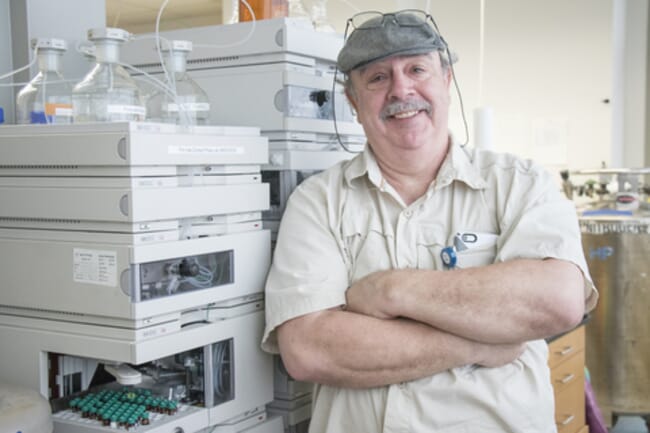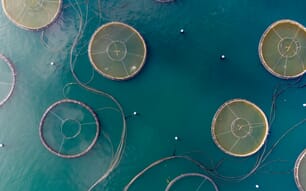
US HAB-CTI is a unique partnership between UMCES and Mote's Red Tide Mitigation and Technology Development Initiative to solicit, fund and assist innovative HAB control projects © UMCES
The grant will help to establish the US Harmful Algal Bloom Control Technology Incubator (US HAB-CTI) – the first-of-its-kind centre to solicit, fund, and assist the development of innovative harmful algal bloom control technology projects with commercial potential.
Harmful algal blooms, such as red tide, cause a wide variety of environmental, economic, and human health problems. They occur when algae—simple photosynthetic organisms that live in the sea and freshwater—grow out of control while producing toxic or harmful effects on people, fish, shellfish, marine mammals and birds. The growing frequency and magnitude of harmful algal blooms has created a pressing need for ways to control these blooms in coastal waters. As scientists, governments, and agencies have worked to assess approaches, there has been increasing need to incorporate environmental compliance, risk assessments, and other permitting in the decision-making process to use a control agent or approach.
Professor Al Place will lead US HAB-CTI at the Institute of Marine and Environmental Technology to advance innovative ways to control harmful algal blooms.
“Overall harmful algal blooms frequency has been increasing a tremendous amount over past five years due to climate change, increasing temperatures and legacy nutrients,” said Professor Place in a press release.
US HAB-CTI is a unique partnership between UMCES’ Institute of Marine and Environmental Technology and Mote's Red Tide Mitigation & Technology Development Initiative to solicit, fund, and assist innovative control technology projects and provide guidance on navigating the relevant licensing and permitting processes through an online clearinghouse of proven control methods. IMET and Mote will make available to grantees their research infrastructure to test mitigation compounds, technologies, and deployment mechanisms for marine, estuarine, and freshwater HAB species that negatively impact the US economy, environment and quality of life.
“Field demonstration of harmful algal bloom control techniques is needed to fill the gap between laboratory research and larger scale implementation,” said Peter Goodwin, president of UMCES. “This is an ideal partnership to address a concerning global issue.”
IMET has the capability to perform lab-based experiments with freshwater toxic HABs in freshwater, and Mote has extensive experience with Florida red tide in the Gulf of Mexico, including their lab-based testing of mitigation strategies at their inland Mote Aquaculture Research Park and their facilitation of pilot field tests during past active red tide blooms.
Annual solicitations will be announced on the US HAB-CTI and NOAA websites and through national harmful bloom networks beginning in Spring 2023. A rigorous evaluation and advisement process will assess innovative proof-of-concept project feasibility to prepare for future National Oceanic and Atmospheric Administration, National Centers for Coastal Ocean Science: Prevention, Control, and Mitigation of Harmful Algal Bloom (PCMHAB) competitive funding announcements. In addition to the core proposal process steps, guidance will be provided to researchers and potential end users about the licensing, permitting, and other environmental compliance, organised into more user-friendly online clearinghouse covering both federal and state requirements.




